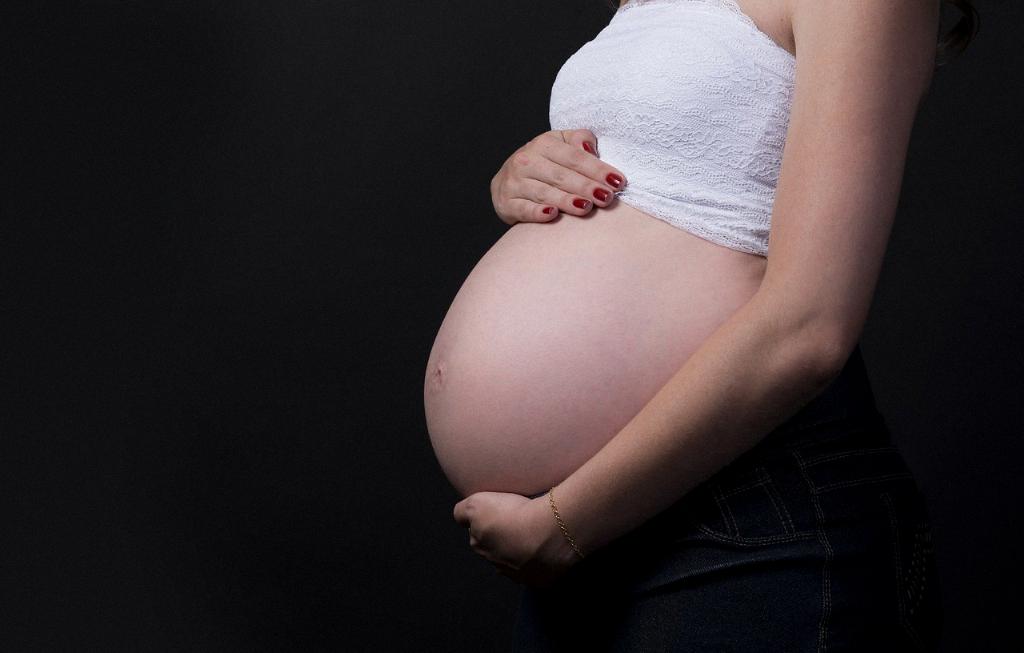During pregnancy, the growth of your bump is a natural and expected part of the process as your body adjusts to accommodate the developing baby. Many factors can influence the rate at which your bump grows, including your overall health, genetics, and whether it’s your first or second pregnancy.
First vs. Second Pregnancy: Is There a Difference?
Women often wonder if their bump will grow quicker in their second pregnancy compared to their first. While every pregnancy is unique, some women may notice that their bump appears to grow faster during their second pregnancy. This can be attributed to the muscles and ligaments already being stretched from the previous pregnancy, allowing the bump to show earlier and more prominently.
Physical Changes in the Body
As the uterus expands to make room for the growing baby, it pushes the abdominal wall forward, causing the bump to protrude. In subsequent pregnancies, the abdominal muscles and ligaments may have already been stretched, making it easier for the bump to show sooner than in the first pregnancy. This can give the appearance of a quicker bump growth.
Maternal Age and Fitness Level
Maternal age and fitness level can also play a role in how quickly your bump grows during pregnancy. Younger mothers and those who are physically fit may have more toned abdominal muscles, which could affect how soon the bump becomes apparent. However, every woman’s body is different, and individual factors will ultimately determine the rate of bump growth.
Weight Gain and Nutritional Factors
Weight gain and nutritional factors can impact the size and growth of your baby bump. Women who gain more weight during pregnancy may have a larger bump, while those who are more mindful of their nutrition and exercise habits may experience slower bump growth. It’s essential to maintain a healthy diet and lifestyle throughout pregnancy to support both you and your baby’s health.
Medical Conditions and Complications
Certain medical conditions and complications during pregnancy can also influence the growth of your bump. Conditions such as gestational diabetes, preeclampsia, or multiples pregnancy can affect the size and shape of your bump. It’s crucial to stay in close communication with your healthcare provider to monitor any changes and ensure a healthy pregnancy.
Emotional and Mental Well-being
Emotional and mental well-being can impact how you perceive the growth of your bump during pregnancy. Women who feel stressed, anxious, or overwhelmed may have a different experience than those who are relaxed and confident. Taking care of your mental health is just as crucial as caring for your physical health during pregnancy.
Support and Resources
Having a strong support system and access to resources can make a significant difference in how you navigate the changes in your body during pregnancy. From healthcare providers to online communities and educational materials, reaching out for support and information can help you feel more prepared and empowered throughout your pregnancy journey.
Final Thoughts: Embracing Your Pregnancy Journey
Ultimately, the rate at which your bump grows during pregnancy is a unique and individual experience. Whether it’s your first or second pregnancy, each journey is special and should be embraced with curiosity and self-compassion. Listen to your body, prioritize your health and well-being, and savor every moment of this miraculous process of bringing new life into the world.

